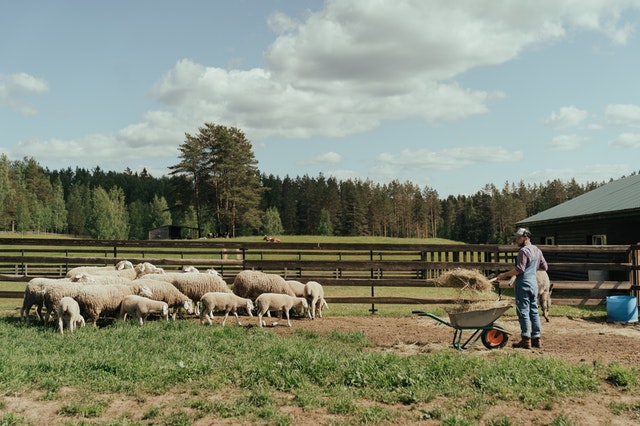How do commercial operators approach custom sheep yards with confidence?
These projects will throw a number of challenges at participants, but there will be certain essentials and common sense approaches that have practitioners in a more advantageous position.
For those that learn from the mistakes of others and identify quality opportunities, they will stand to gain from the venture.
This is a chance to offer a step-by-step guide for members who are developing custom sheep yards from scratch.
Define the Project Budget
The smartest approach that developers can use from the outset with custom sheep yards is to recognise how much money they have available for the project and where they can utilise savings. By surveying suppliers in the market for quotes and cross-referencing real estate agencies and commercial conveyancers for exact price lists, it will be possible to pinpoint land that is within range and utilities that will add value to the environment. When operators leave their financial position somewhat open-ended, they can end up paying over the odds for acquisitions that they could have saved big on.
Have Expertise on the Ground
There will be stumbling blocks and unwanted challenges that emerge over the course of the development of custom sheep yards, even when planning and finance is secure. Instead of seeing these setbacks as fatal or severely damaging, they can be simple obstacles so long as participants have quality expertise and experience to help them manage the situation on the ground.
Spend on Essential Infrastructure
Creating a sheep yard environment won’t be a cheap exercise. Even if there are savings to be made, it will require the owner to put their hand in their pocket and ensure that they have the infrastructure to meet demand to be in line with industry regulation. For the sake of efficiency targets and to make the brand viable for the short and long-term as the reputation is being built, it is beneficial to spend wisely on ramps, panels, gates, catchers, pens, chutes, draft modules, electronic tagging and beyond.
Request Intervention from Regulators
It might sound like an unusual step to make for owners who are on the cusp of creating custom sheep yards, but the choice to contact industry regulators during the early development phase will prove beneficial. For many participants, they are seen as something of an irritation and something to appease, but they recognise what current codes are in play and the lessons that other entrepreneurs did not listen to when taking the reins of the business. Having them onboard early for discussions will help to shape what features are considered a priority and what can be an afterthought while having peace of mind about any potential fines or legislation that could arise due to oversight.
Think of Space Saving Opportunities
A number of men and women who are taking charge of custom sheep yards will only think about the business in relation to what they have inherited or the listed space that is made available. If there is scope to add space for additional chutes or fences, they should be leveraged. This is a chance to tap into contingency planning if there is a disease outbreak, a flooding concern or another problem that arises that calls for immediate action.
There will be hundreds upon hundreds of other considerations that are in play for operators who are managing the creation and development of custom sheep yards. Yet it will be these step-by-step principles that will have business participants in the best position to leverage the livestock and ensure that sustainable progress is being made at ground level.

